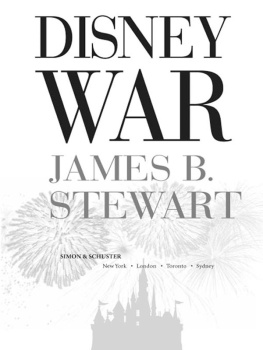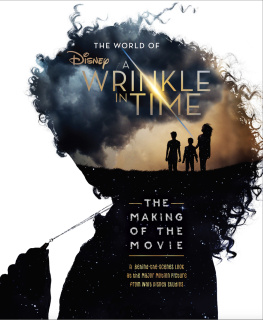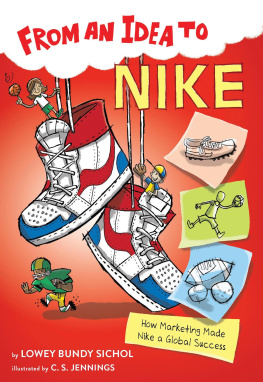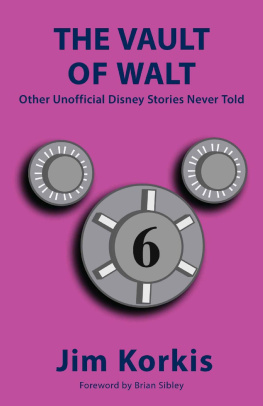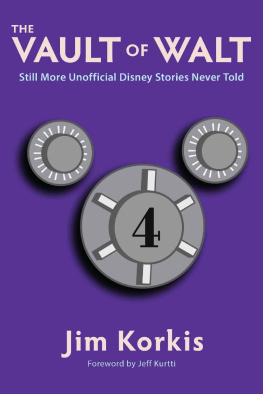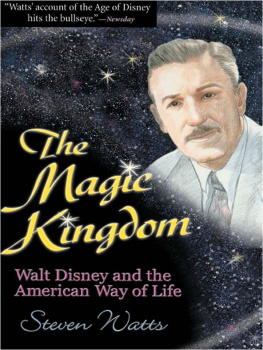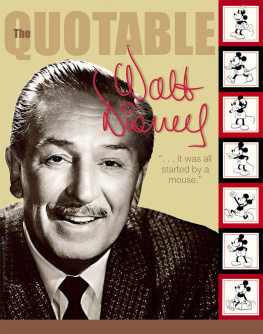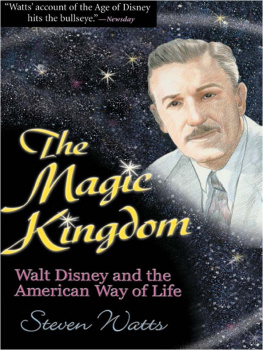About the Authors
Henry A. Giroux left the United States in 2004 to assume the Global Television Network Chair in English and Cultural Studies at McMaster University. His most recent books include Take Back Higher Education, coauthored with Susan Searls Giroux (2004); The University in Chains: Confronting the Military-Industrial-Academic Complex (2007); Youth in a Suspect Society: Democracy or Disposability? (2009); Politics after Hope: Obama and the Crisis of Youth, Race, and Democracy (2010); and Hearts of Darkness: Torturing Children in the War on Terror (2010).
Grace Pollock completed her doctoral degree in English and cultural studies at McMaster University in 2006, followed by a two-year postdoctoral fellowship at the University of Western Ontario. She is currently pursuing a masters degree in social work at Wilfrid Laurier University, guided by the hope of building connections between critical theory and everyday cultural practices in a larger community setting. Her ongoing research interests include social policy development, cultural and media studies, and historical formations of the public sphere.
Acknowledgments
HENRY A. GIROUX
I would like to thank Grace Pollock for agreeing to coauthor the second edition of this book. She has done a stunning job and in many ways has helped produce a book that is much better than the original. She has added at least 50 percent of new material for the book, and her contribution could not have been better. I could not have been more blessed in having her as a coauthor. I would also like to thank Susan Searls Giroux for the many conversations and hours spent watching all things Disney. My three boysJack, Chris, and Bretteven as they turned from teens into young men, were always helpful in talking about Disney culture and the influence it had on them. This book in its first edition would never have been written if Dean Birkenkamp, then my editor at Row-man & Littlefield, had not enticed me to write it while we were having lunch at a restaurant in State College. I am also grateful to McMaster University for giving me a home these past four years in which to teach, research, and write. David Clark has been an inspiring and outstanding colleague, always willing to read my work and give me the pleasure of reading his. And, of course, for this revision, I am grateful to Alan McClare for his persistent support in pushing us for a revision and his equally incredible patience in waiting for the final manuscript.
GRACE POLLOCK
I would like to thank Henry Giroux for having enough faith to invite my contribution to his brilliant and important original text. McMaster University, the University of Western Ontario (UWO), and the Social Sciences and Humanities Research Council of Canada provided resources and financial support during this project. I am very grateful to the colleagues and friends who have been so generous with their academic guidance and skillful mentoring over the years: Peter Walmsley, Grace Kehler, Susan Searls Giroux, Daniel Coleman, Imre Szeman, and Donald Goellnicht at McMaster University and Alison Conway at UWO. The professional assistance and personal support of Maya Stamenkovic, Antoinette Somo, Aurelia Gatto, and Mary OConnor were also vital to the completion of this book. Without the compassion and engagement of steady companions, I would not have enjoyed my work nearly as much: thank you, Melanie, Ronn, Liz, Scott, Miranda, Clayton, Mike, and Deirdre. Finally, this book would not have been completed without the friendly enthusiasm, dedication, professionalism, and generosity of Alan McClare, whose passing during the final stages of manuscript production was an inexpressible tragedy.
Chapter One
Disney and the Politics of Public Culture
I think of a childs mind as a blank book. During the first years of his life, much will be written on the pages. The quality of that writing will affect his life profoundly.
Walt Disney1
In the popular mind, Walt Disney, both the man and the company, is synonymous with the notion of childhood innocence. As suburban America witnesses urban violence invading its own schools, homes, and neighborhoods, Disney becomes a symbol for the security and romance of the small-town America of yesteryeara pristine never-never land in which childrens fantasies come true, happiness reigns, and innocence is kept safe through the magic of pixie dust.
Of course, Walt realized that innocence as a cultural metaphor had to be associated with a particular rendering of childhood as well as a specific view of the American past, present, and future. In other words, Disneys view of innocence had to be constructed within particular maps of meaning in which children and adults could define themselves through a cultural language that offered them both modest pleasure and a coherent sense of identity. Nicholas Sammond has written a brilliant account of how the Walt Disney Company created a market niche for childrens entertainment alongside scientific discoursesmainly sociology and psychologythat were being popularized from the 1930s to the 1960s in an attempt to define the normal child. One result of children being seen as the crucible of ideal American culture was the proliferation of media that aimed to correct the way children are raised so as to eliminate a number of social ills.2 In particular, Sam-mond suggests that the paternalistic image Walt Disney promoted of himself was key to the corporations being seen as an expert parental substitute whose products implemented new, cutting-edge ideas of what was best for children and society more generally. The fact that most of those ideas regarding the generic American child were largely aimed at reinforcing dominant assumptions about gender, race, religion, and class is yet another paradox lying at the heart of Disney culture. Indeed, Walt Disney quickly saw the advantages to linking childhood innocence with home entertainment, which became the pedagogical vehicle to promote a set of values and practices that associated the safeguarding of childhood with a strong investment in the nuclear family, middle-class Protestant values, and the market as a sphere of consumption. Refusing to separate entertainment from education, Disney challenged the assumption that entertainment has little educational value and is simply about leisure. Walt understood that education is not confined to schools but embedded in the broader realm of popular culture and its mechanisms for the production of knowledge and values. In creating his ideal democracy of consumers, he also knew that the Walt Disney Company had to make products that were lively and enjoyable.
Walts fusing of entertainment and education blurred the boundaries between public culture and commercial interests and found expression both in the various attractions that came to characterize theme parks, such as Disneyland and Disney World, and in the extended range of cultural and media outlets that shape everyday life. For decades, Hollywood films, radio stations, television networks, sports franchises, book publishers, and numerous daily newspapers all provided Disney with sites from which to promote its cultural pedagogy. Among Walt Disneys more lucrative insightsone that continues to distinguish the Disney corporationwas the realization that the educational field could be reconstructed and transformed through the mastery of new spaces for leisure, new electronic technologies, and new global markets. Pedagogy, for Disney, was not restricted to schooling, and schooling did not strictly define the contexts in which children could learn, make affective investments, and reconstruct their identities.
If we imagine the Walt Disney Company as a teaching machine whose power and influence can, in part, be measured by the number of people who come in contact with its goods, messages, values, and ideas, it becomes clear that Disney has now wielded for decades an enormous effect on the cultural life of several nations, especially with regard to the culture of children. In 1995, more than 200 million people a year watch[ed] a Disney film or home video, 395 million watch[ed] a Disney TV show every week; 212 million listen[ed] or dance[d] to Disney music, records, tapes or compact discs.... More than 50 million people a year from all lands pass[ed] through the turnstiles of Disney theme parks.3 In the companys 1997 annual report, Michael Eisner, former chairman and chief executive officer of the Walt Disney Company, claimed that during the week of November 2 to 8, 1997, Disney culture attracted the attention of the following numbers of people, mostly children:


